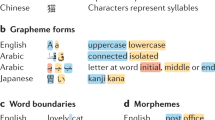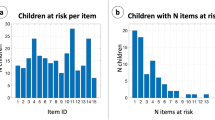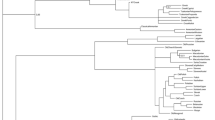Abstract
IN connection with the view advocated by Mrs. Scott in your last number, it may be of interest to state that, in my own personal case, I have been able all my life to read a book with the greatest facility upside down; it making not the least difference to me which way it is presented. I am told—but this is not within my personal recollection—that I learned to read by looking over the book of an elder brother who was being taught in the usual way, standing in front of him, not behind. The singular circumstance to my own mind is that I have precisely the same facility in reading upside-down books written in any foreign language with which I may be more or less acquainted, in which the letters differ from the English, as Greek and Hebrew; and the facility extends, to very nearly the same extent, to handwriting. I have never at any time practised it systematically; it appears to come perfectly naturally.
This is a preview of subscription content, access via your institution
Access options
Subscribe to this journal
Receive 51 print issues and online access
$199.00 per year
only $3.90 per issue
Buy this article
- Purchase on SpringerLink
- Instant access to full article PDF
Prices may be subject to local taxes which are calculated during checkout
Similar content being viewed by others
Rights and permissions
About this article
Cite this article
BENNETT, A. Inverted Images. Nature 53, 414 (1896). https://doi.org/10.1038/053414c0
Issue date:
DOI: https://doi.org/10.1038/053414c0



